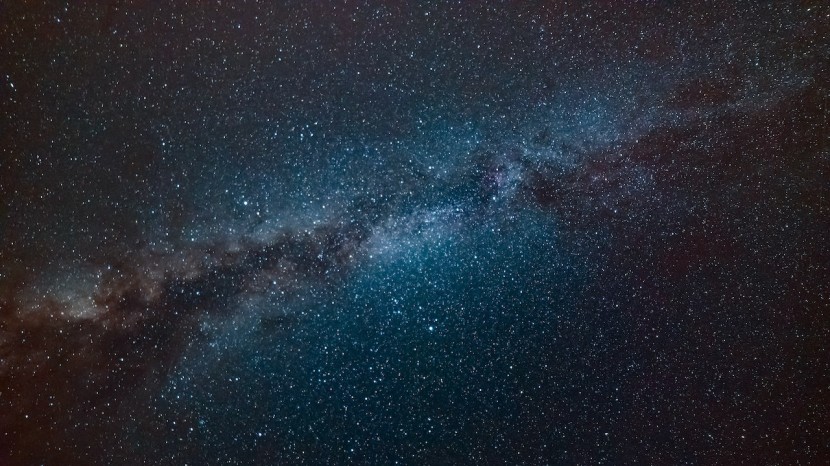
A team of astronomers has detected special radio signals from a distant galaxy located roughly 9 billion light-years away from our planet, marking a first in scientific history.
The findings were announced on Monday in a journal known as the Monthly Notices of the Royal Astronomical Society. It is the first time anyone has captured this particular type of radio signal, which is associated with a wavelength known as the 21-centimeter line, from a cosmic object located so far away.
Special Radio Signals
In a statement, a cosmologist at McGill University's Department of Physics and co-author of a study on the detection, Arnab Chakraborty, said that the finding is similar to a look-back in time of 8.8 billion years.
Scientists are particularly interested in the 21-centimeter line because the radio wavelength is produced by hydrogen, considered the universe's most abundant element. It is the first in the periodic table and is also found inside humans as they are carried by our bloodstream, as per CNET.
Hydrogen is everywhere, and all types of it are located all around us, in water, humans, air, and the sun. Different combinations of protons and electrons create various elements. Hydrogen is unique because it is made up of one of each, making it the "perfect" element.
How hydrogen permeates the universe is a fantastic way to map out where everything is located and understand how the cosmos is evolving. Scientists need to follow the hydrogen, more specifically, neutral hydrogen gas.
The authors of the study wrote that the reservoir of cold atomic neutral hydrogen gas provides the basic fuel for the formation of stars within a galaxy. They argued that understanding the evolution of galaxies over a long period demands knowledge of the cosmic development of this particular neutral gas.
Read Also: Ozone Layer on Track To Recover by 2066
Understanding How Early Galaxies Formed
The finding, made by the Giant Metrewave Radio Telescope in India, could allow astronomers to start investigating the formation of the earliest stars and galaxies in the universe. The signal was detected from SDSSJ0826+5630, a star-forming galaxy that was formed roughly 13.8 billion years ago, according to Space.
The special radio signal allowed astronomers to measure the galaxy's gas content and determine that its mass was double that of the early galaxy's visible stars. Galaxies emit electromagnetic radiation, or light, across a wide range of radio wavelengths.
This includes the 21-centimeter line that, until recently, was only detected from nearby, meaning more recent galaxies. Chakraborty noted that due to only detecting this particular signal from nearby galaxies, they needed to be improved how they could understand the cosmic objects.
An associate professor in the physics department at the Indian Institute of Science, Nirupam Roy, said that the team used gravitational lensing to magnify the signal by a factor of 30. The researchers added that the study's results demonstrate the feasibility of observing faraway galaxies in similar situations using gravitational lensing, said NextGov.
Related Article : Supermassive Black Holes on Collision Course








